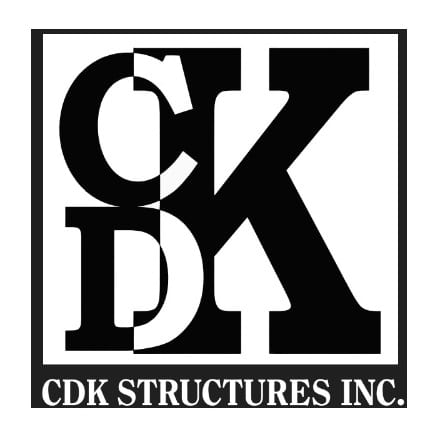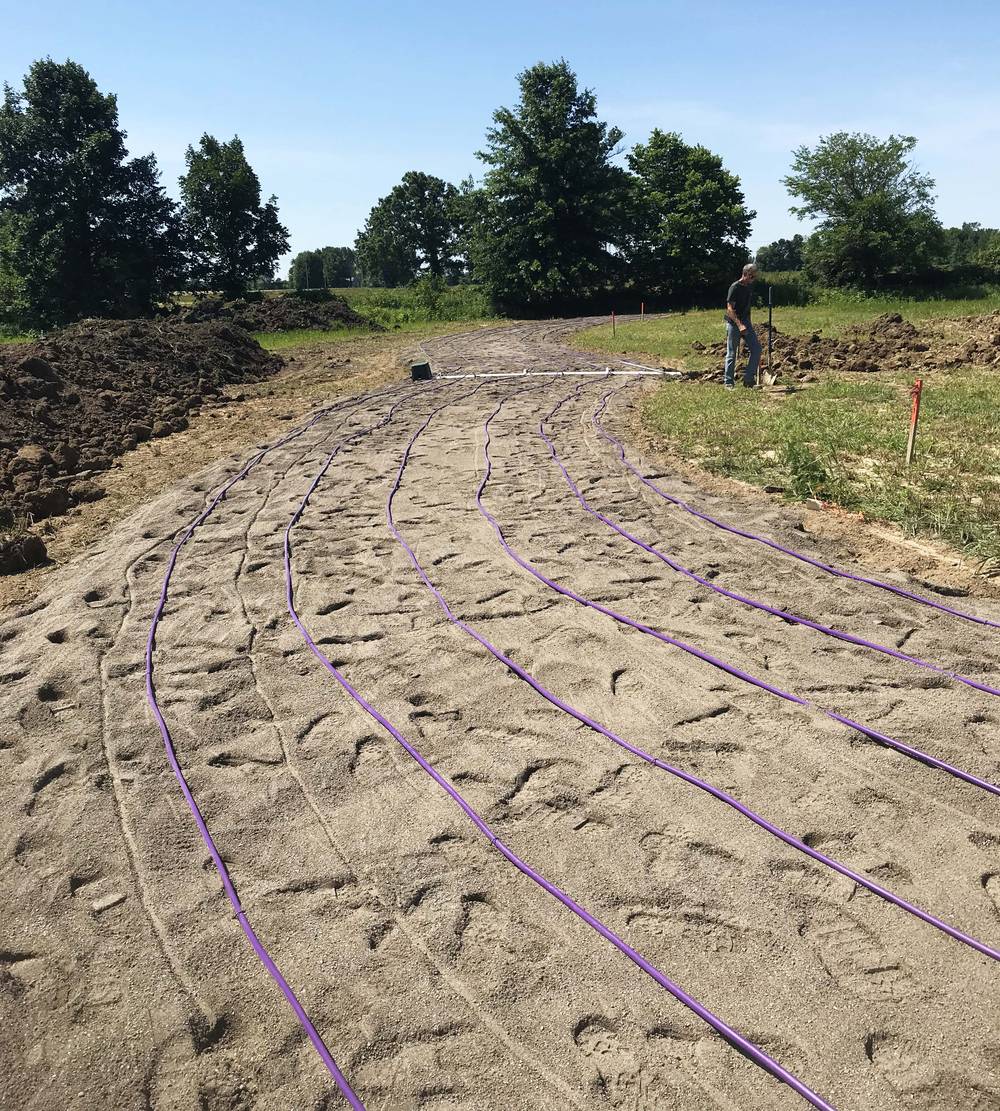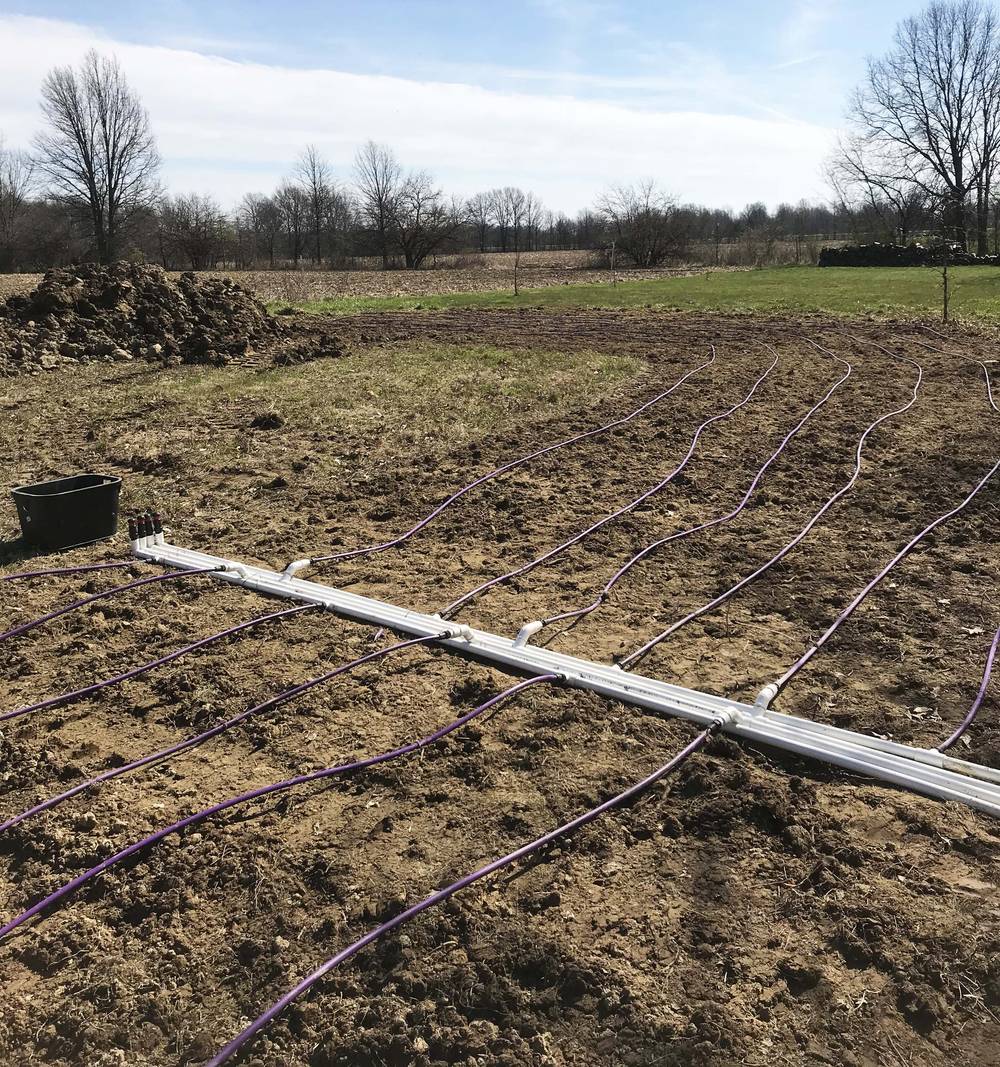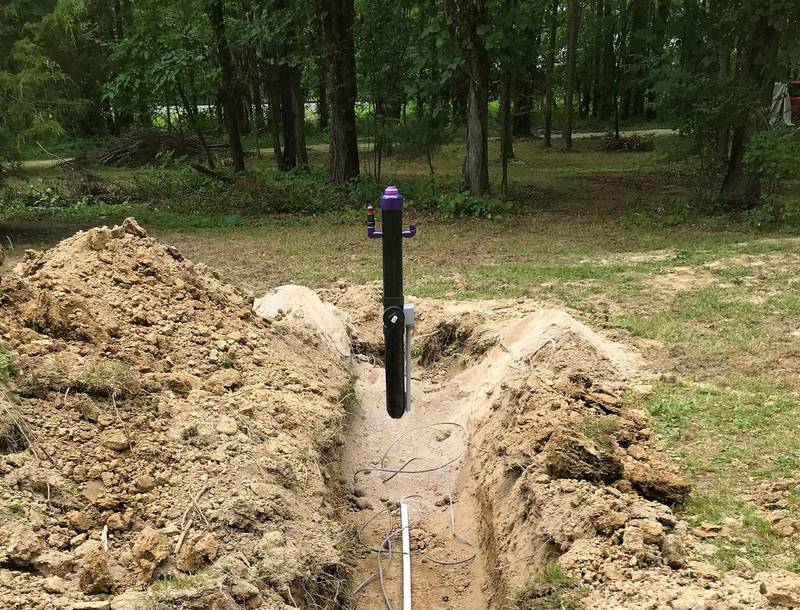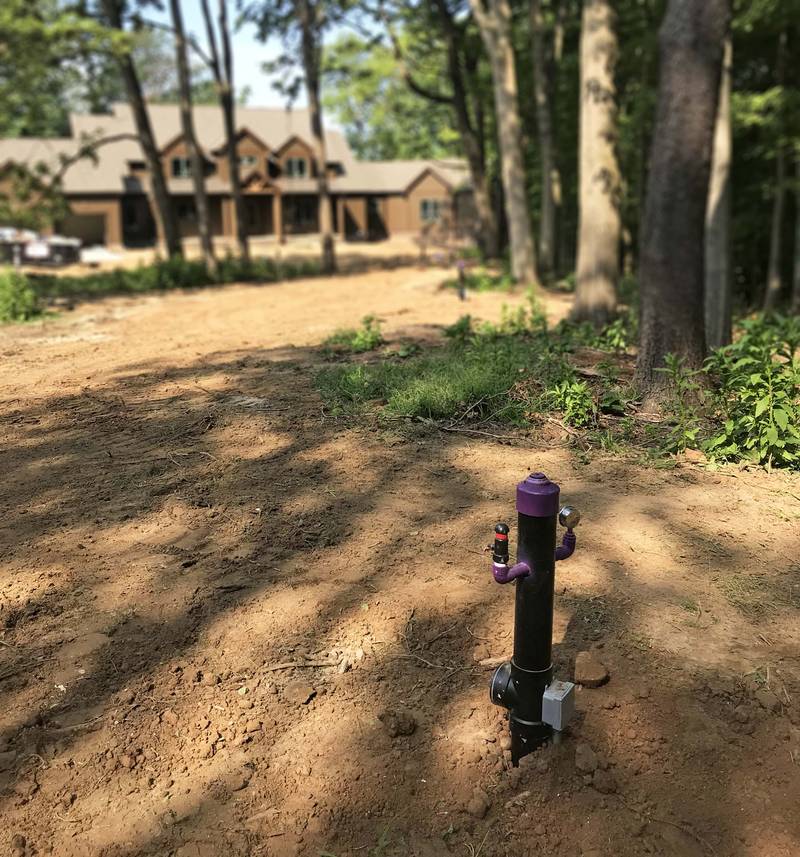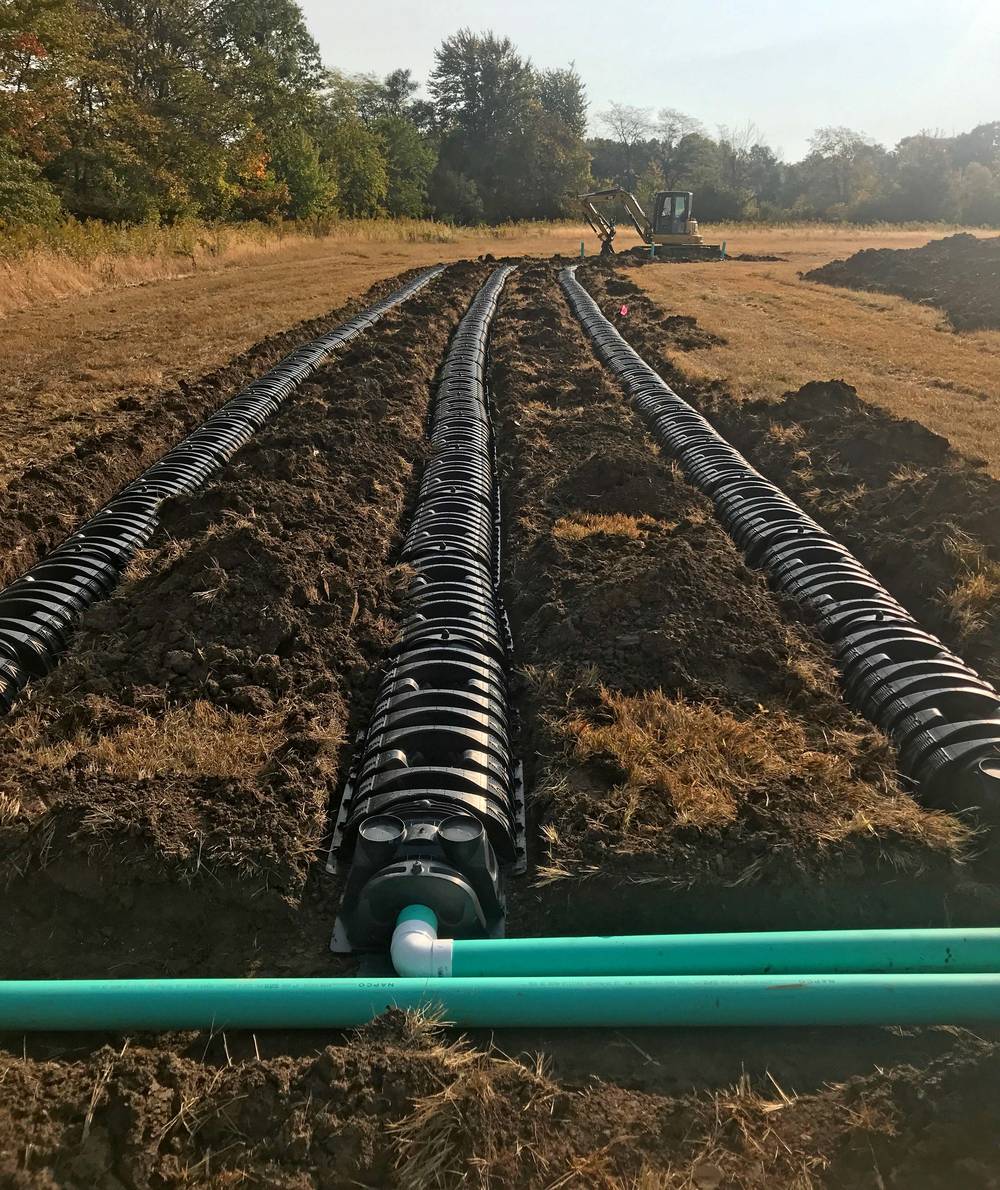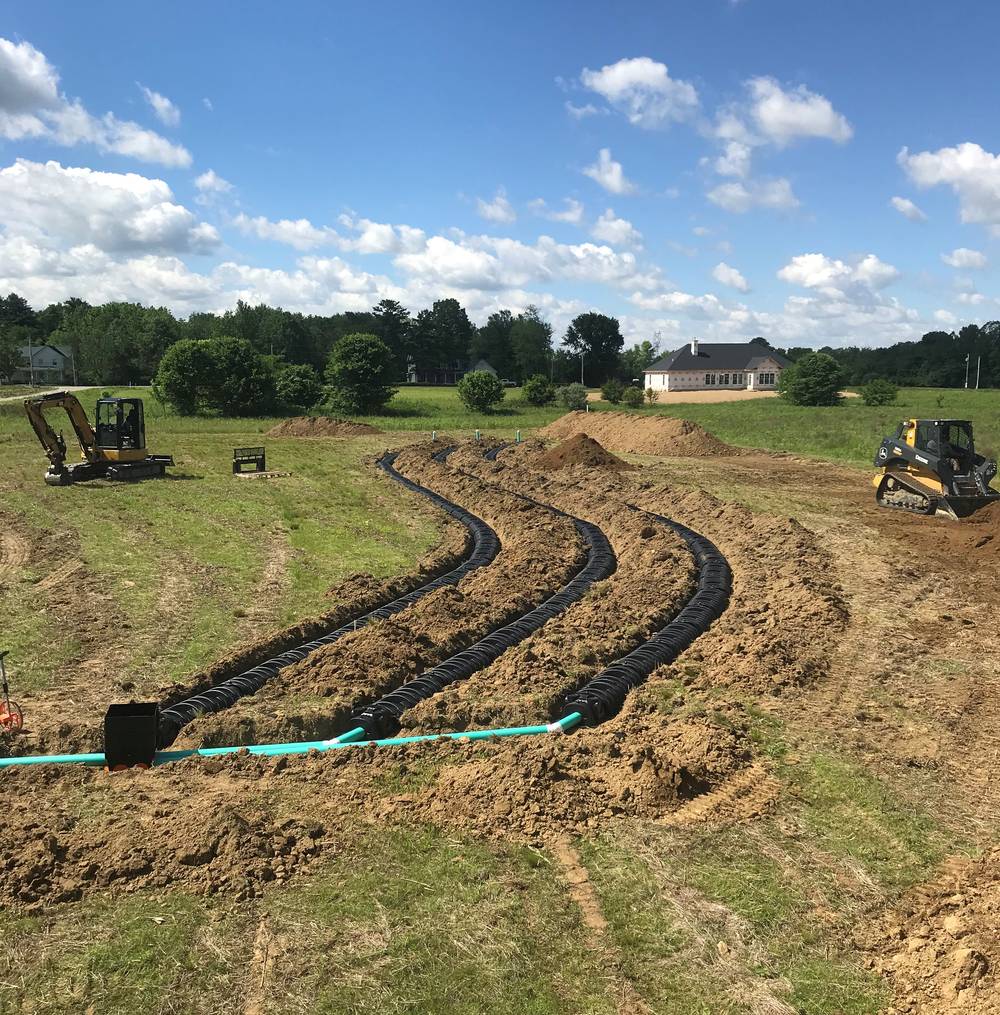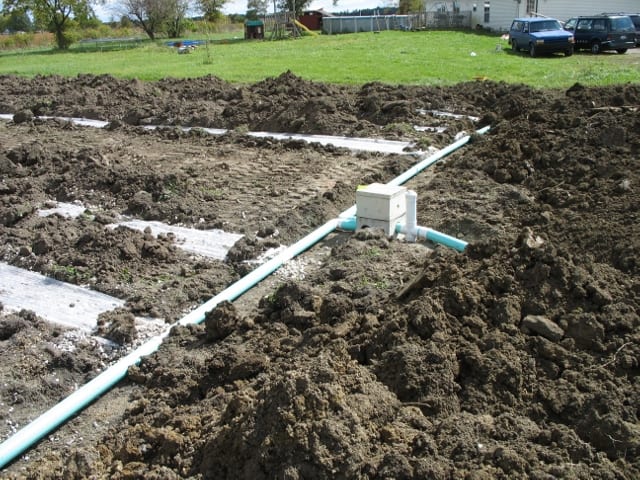Sewage Treatment & Disposal Systems
Drip Irrigation
We are one of only a few in the state of Ohio that are licensed to install and service this type of system. We currently have over 110 high quality installations completed in central Ohio.
These systems are pressurized to ensure an even distribution of wastewater into the soil. They utilize small diameter tubing with pressure compensating emitters to apply wastewater uniformly over an infiltration system.
Drip distribution works on the principle of timed micro-dosing to maintain aerobic conditions in the soil. Timed micro-dosing applies effluent to the soil at specific intervals throughout a 24 hour period which allows for improved wastewater treatment. This pattern of application requires sufficient system storage to allow for occasional peak flows when water usage is heavy.
Health Department regulations require these systems to be specially engineered and have strict specifications on their designs. When properly sited, designed, installed, and maintained; drip systems can help overcome the typical problems associated with uneven wastewater distribution which often results in the surfacing of wastewater within the area over the distribution field, as well as sewage odors and other nuisance conditions.
Spray Irrigation System
Chambered Systems
Leaching Tile Fields
Free Estimates
Give us a call today to find out how we can help get your job done right the first time!
